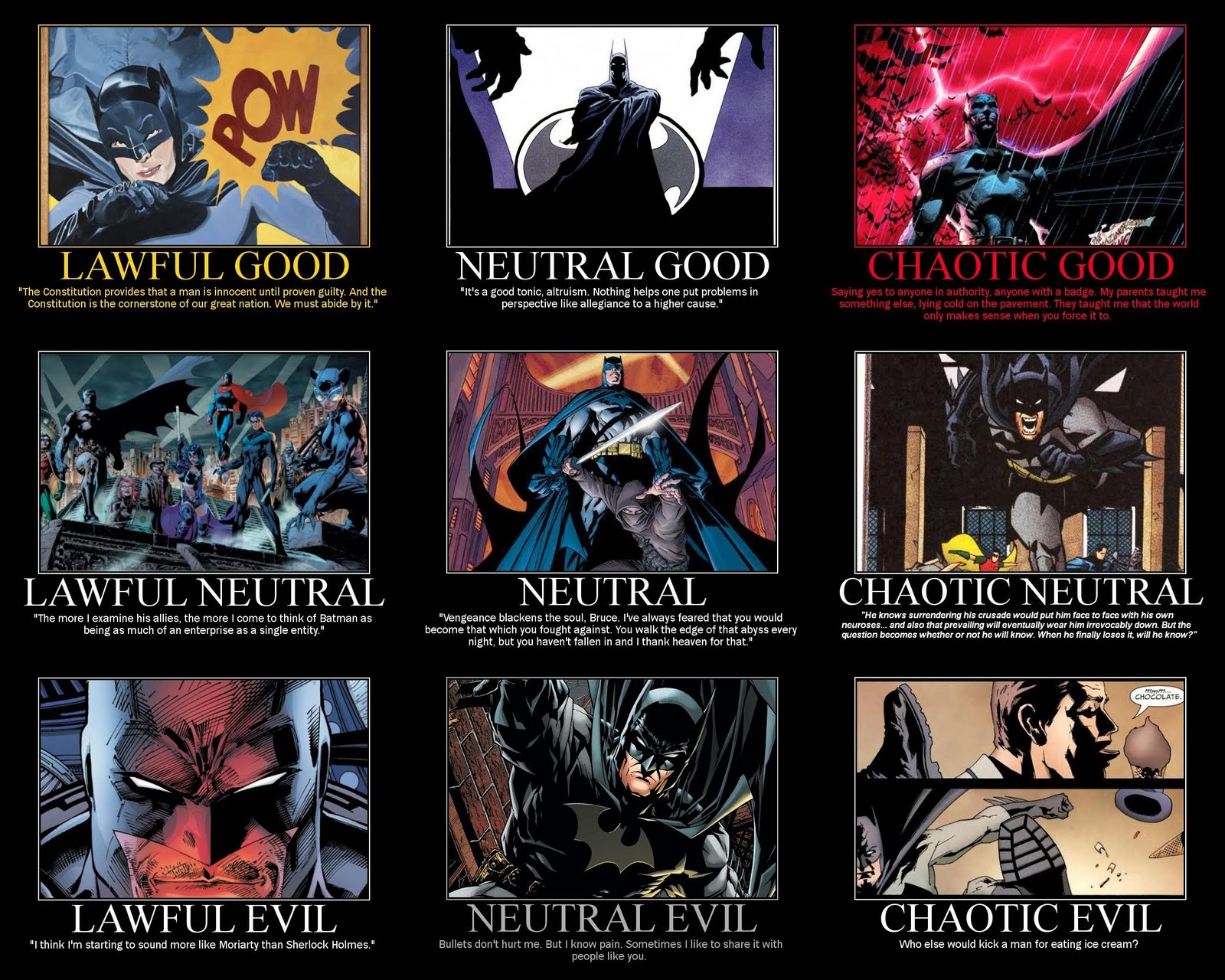I ask as I'm curious to see how popular 4e's alignment set-up is among those who are in a position to use/change it.
4e divorced alignment from mechanics pretty thoroughly, there's very little mechanical effect to alignment, not like 3.x where each alignment 'team' got their own suite of detect and screw-with other alignments spells.
I don't care for the 5-alignment system, I quite liked LN and CG and CN, thank you.
But, as it doesn't actually /do/ anything, it's not a major issue. Taking alignment out of the rules (and thus the metaphysics of the game world) is a mixed blessing. On the one hand, it's good, because it puts moral and ethical questions back into shades of grey, like IRL. OTOH, it's bad, because it puts moral and ethical questions back into shades of grey, like IRL.

Seriously, though, the way earlier eds portrayed alignment as a palpable force with very real rammifications when it came to spells and items and classes /did/ evoke a certain feel that some myth/fantasy sources do have.
Even so, the 4e aproach is good for game balance, and enables alignment as just a 'heart of hearts' aspect of the characters, rather than a detectable 'team' or cosmic force. You can always add it back in as a cosmic force rather easily, simply by designing monsters and/or artifacts that work that way.


